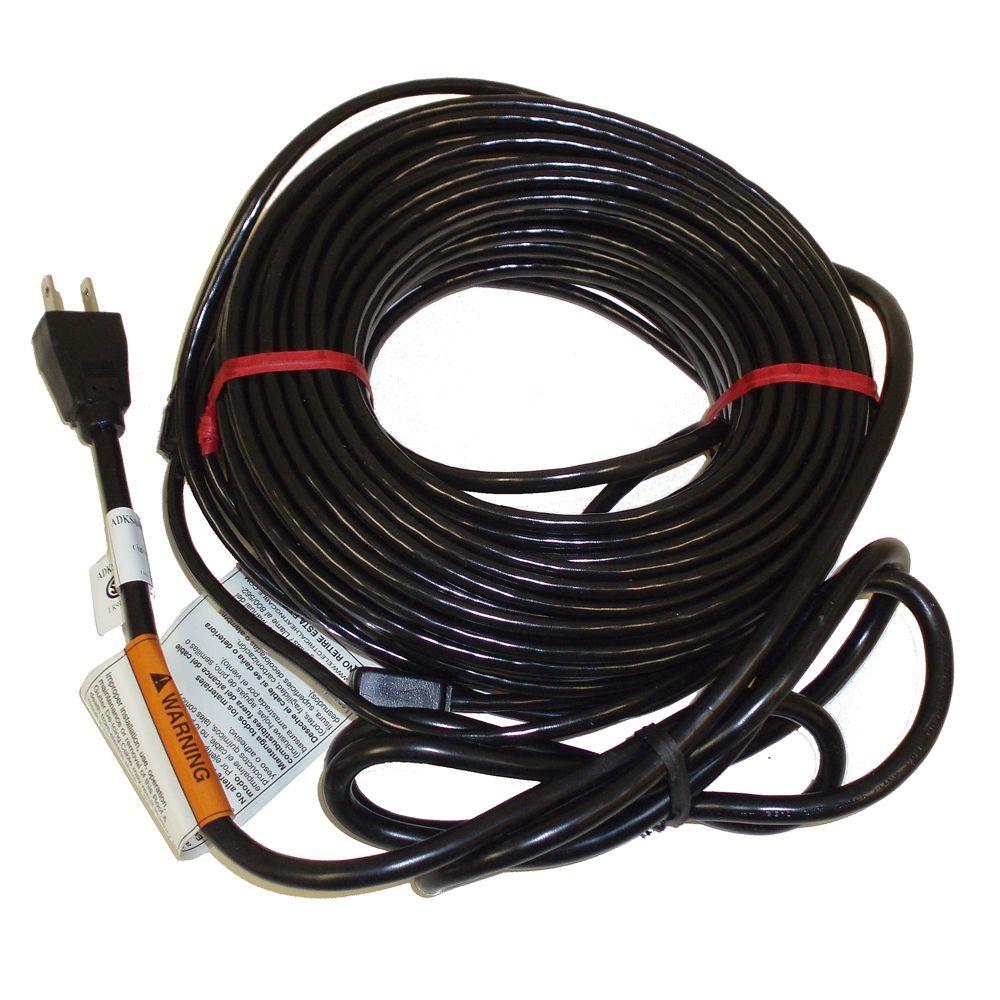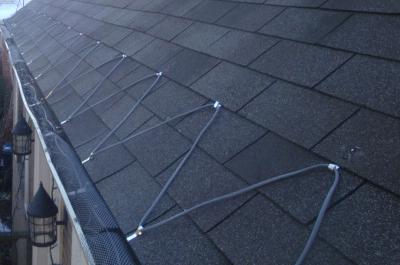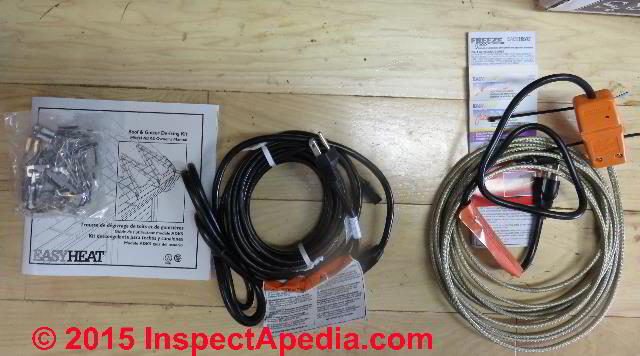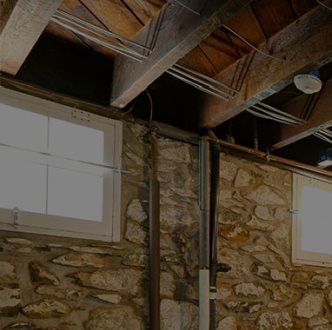With us average electric price of 0 13 kwh you will be spending 7 25 per day if your system is running full 24 hours.
How long to leave heated wires on roof plugged in.
An inexpensive heat cable that doesn t offer water protection is not safe to use.
Heat cables and radiant panel roof ice melt systems should generally be energized between 10 and 34 degrees.
Gutter heaters will only be able to create a small melted tunnel around an immediate area.
The cables are expensive to run so use needs to be frugal.
Additionally all heat cables should be waterproof.
You can then leave the cables powered on until the snow has melted from the roof.
Heated gutters are extremely ineffective at fighting against ice dams in cold and snowy climates.
Homeowners may think that zig zag cables on the roof and heated gutters are effective at preventing ice dams however this is not the case.
When the cables are working should they be warm to the touch.
Common questions about heating cable and heating tape.
These are the temps at which ice dams form and the heat cables will work best of course best is a relative term in connection with hardware store heat cables.
When working properly the heat cables are supposed to be warm not hot.
Finally check the rating for the cable in extremely low temperatures.
Once the temperatures rise above freezing you can go ahead and unplug the cables.
What exactly it is how to use it what it s useful for and so on.
We get quite a few questions about heating cable here at o e m.
They should not be left on 24 hours a day and usually aren t used above like 40 weather.
Each application is different and is affected by the pitch of the roof leakage of hot air into attic outside temps thickness of snow ice.
Everyone has their own idea about how to use the cables.
Before the melted snow runs off the roof however it refreezes right near the edge over the eaves.
You plug one end of the tape into an outlet and spiral wrap.
That equals to 2 3kwh per hour or almost 56kwh per day of continuous operation.
Warmed by heat rising up from below accumulated snow on the roof begins to melt.
The heat tape that most homeowners use comes in stock lengths like extension cords that run from a few feet long to almost 100 feet.










